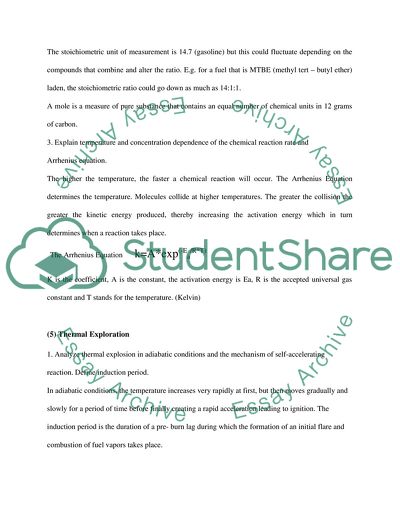Cite this document
(INTRODUCTION TO COMBUSTION AND FIRE Assignment Example | Topics and Well Written Essays - 2250 words, n.d.)
INTRODUCTION TO COMBUSTION AND FIRE Assignment Example | Topics and Well Written Essays - 2250 words. https://studentshare.org/professional/1721883-introduction-to-combustion-and-fire
INTRODUCTION TO COMBUSTION AND FIRE Assignment Example | Topics and Well Written Essays - 2250 words. https://studentshare.org/professional/1721883-introduction-to-combustion-and-fire
(INTRODUCTION TO COMBUSTION AND FIRE Assignment Example | Topics and Well Written Essays - 2250 Words)
INTRODUCTION TO COMBUSTION AND FIRE Assignment Example | Topics and Well Written Essays - 2250 Words. https://studentshare.org/professional/1721883-introduction-to-combustion-and-fire.
INTRODUCTION TO COMBUSTION AND FIRE Assignment Example | Topics and Well Written Essays - 2250 Words. https://studentshare.org/professional/1721883-introduction-to-combustion-and-fire.
“INTRODUCTION TO COMBUSTION AND FIRE Assignment Example | Topics and Well Written Essays - 2250 Words”. https://studentshare.org/professional/1721883-introduction-to-combustion-and-fire.


